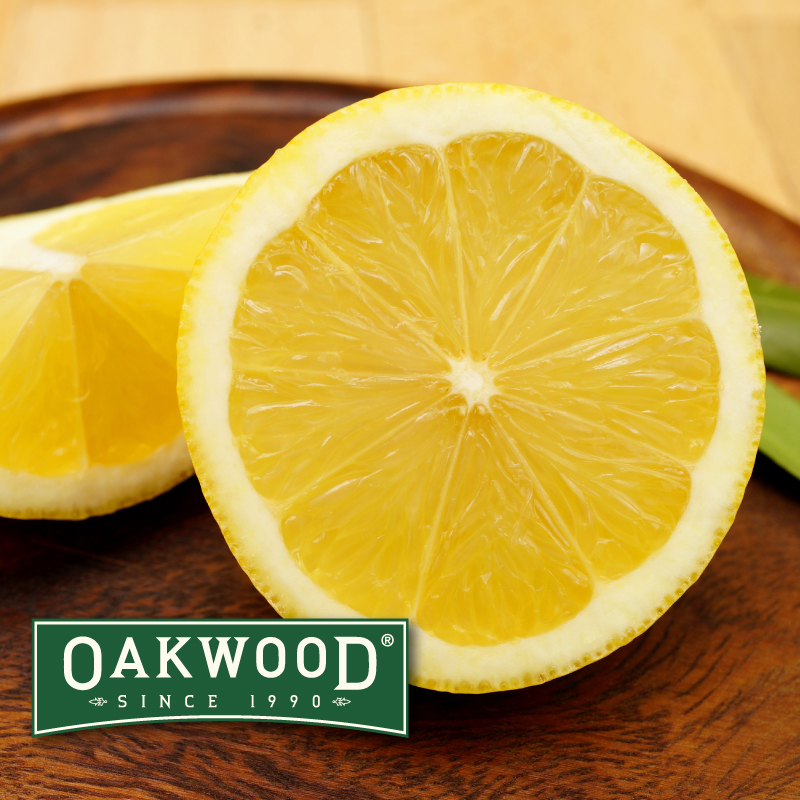
How to spring clean your kitchen:
Remove clutter:
Studies have shown that clutter can distract people from everyday tasks and create feelings of chaos in household environments. To effectively clear clutter you need to do it regularly. Set yourself a time limit and give yourself a reward once the task is complete.
Add some fresh flowers:
Re-use glass storage jars and fill them with lustrous bouquets of flowers from your garden or florist. Fresh flowers have been found to lift the mood and create a warm ambience in kitchen environments. They also provide a beautiful springtime scent.
Create a fresh feel with old or new kitchen linen:
Kitchen linen can be so much more than chicken-prints on tea towels. Invest in some good quality linen tablecloths, napkins and tea towels that add a rich source of colour and flair to your kitchen. Look for good quality fabrics that will wear well over time. A soft cotton, or thickly-woven linen should last for several years. If you don’t wish to buy them new, look for handmade or vintage sales at op-shops or visit etsy.com. Kitchen linen can also be made from old pieces of vintage fabrics. Simply cut to size and hem using iron-on hemming tape.
Kitchen cleaning tip: How to clean a wooden benchtop
Start with Oakwood orange oil wood polish (this product is perfect for creating a non-toxic cleaning environment in the kitchen) and spray directly onto wooden surfaces. Leave for 1 minute. With a soft, clean cloth, rub over surface to remove any wax build-up, dirt or grime. Then buff off excess and polish with a soft cloth to leave a lasting shine.
Next, condition with an Oakwood Wood Preserver and Polisher to nourish and protect for future spills. Apply a reasonable amount onto a soft cloth or pad and wipe onto surface of wood. Allow product to penetrate for 20 minutes. Polish excess off with clean, soft cloth. Repeat application as required.
Keep your benchtop clean with Oakwood everyday wood wipes. This works to preserve your wood over time and is great for last-minute spills.

